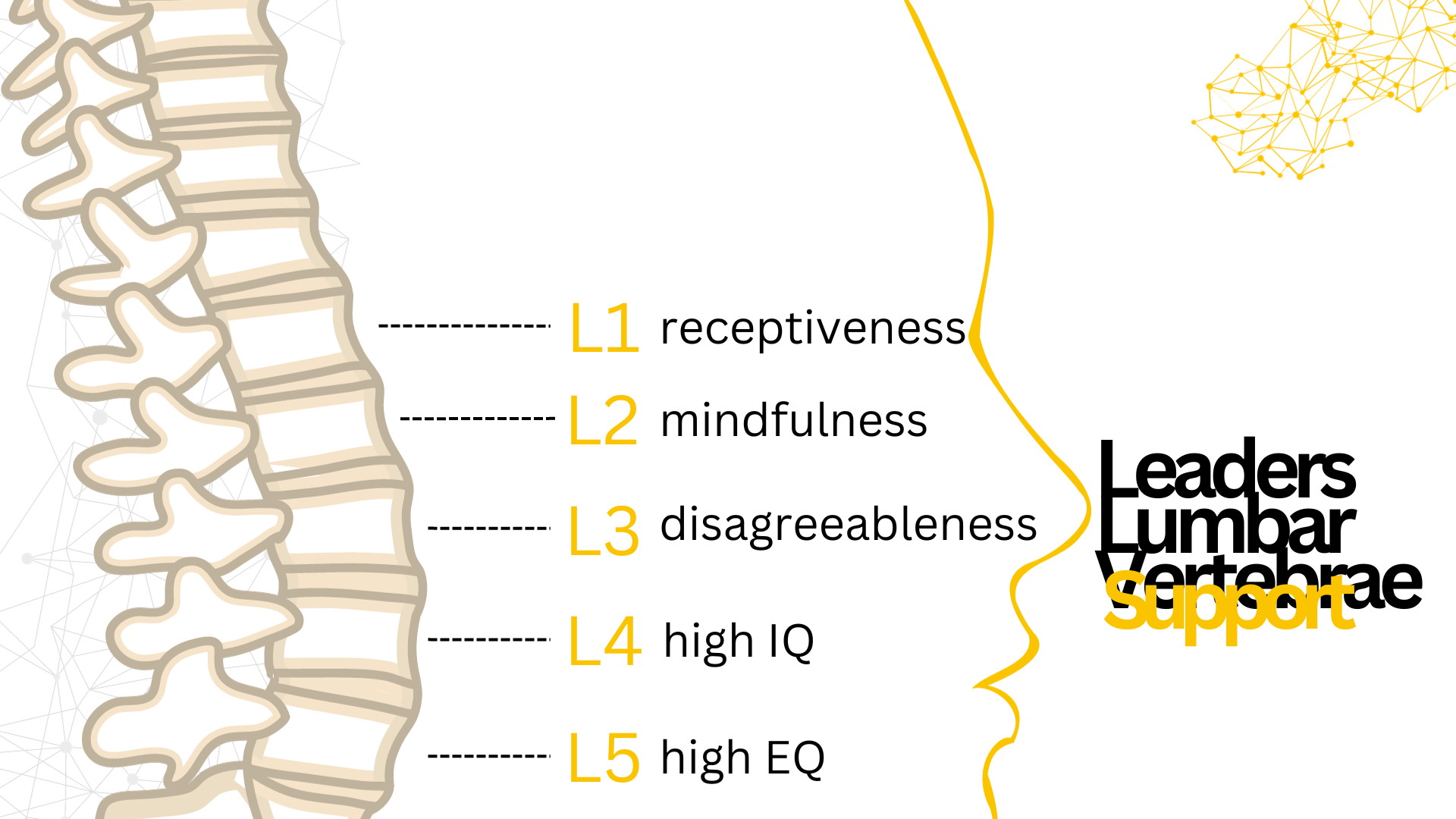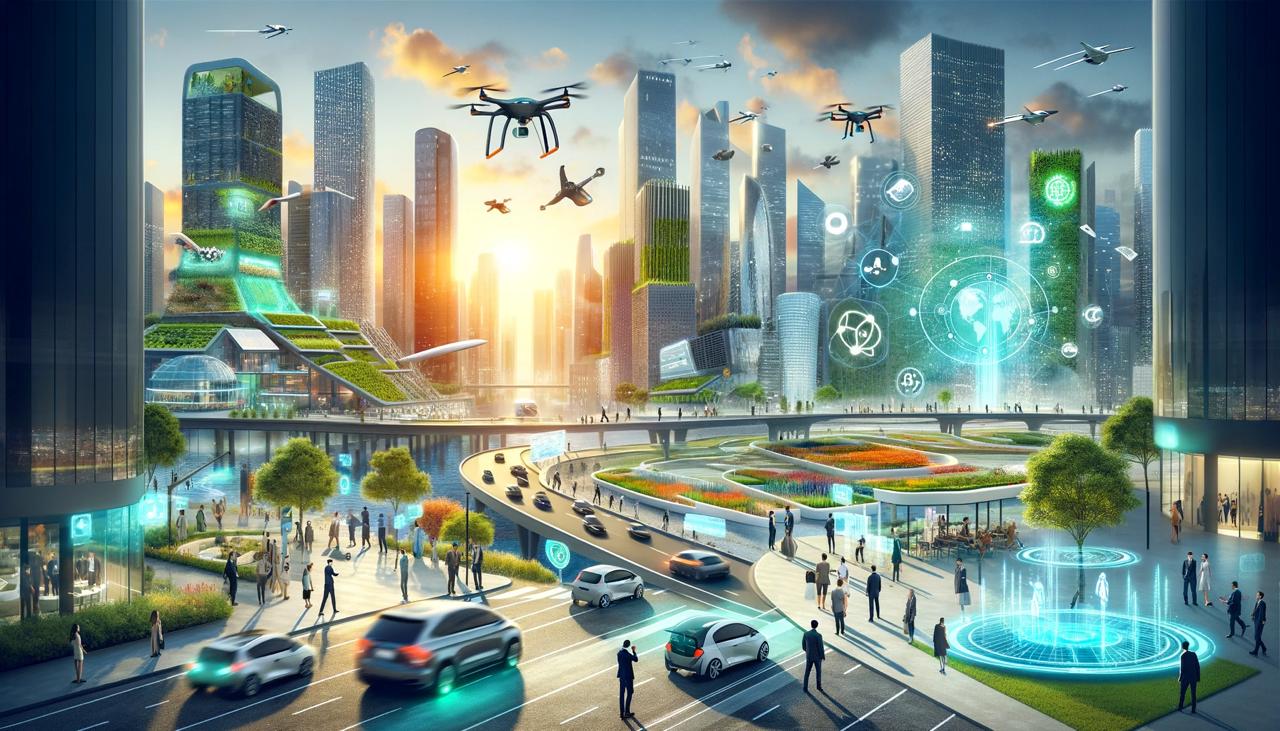Leadership Traits Unveiled: Exploring Lumbar Analogy for Modern Leadership
In a recent insightful conversation with a prominent technology leader from a global bank, our team at StatusNeo delved deep into the essence of cultivating a #growthmindset among today’s and tomorrow’s technology leaders. Exploring the pivotal traits sought after in technologists, we uncovered five fundamental pointers encapsulating the essence of modern leadership—a dynamic and ever-evolving landscape that defies a one-size-fits-all approach.
Leadership Traits as Lumbar Segments
As our discussion unfolded, an intriguing analogy emerged—one that drew parallels between lumbar segments (L1 to L5) and critical leadership traits. Much like these vertebrae control lower limb functions, providing stability, movement, and sensory feedback, leadership traits play an instrumental role in steering an organization’s growth, resilience, and adaptability.
Receptiveness (Symbolizing L1): The cornerstone of leadership lies in receptiveness. Just as L1 supports the upper body, a leader must embrace open-mindedness, creativity, and unwavering support, laying the groundwork for visionary leadership.
Mindfulness (Resembling L2): Moving forward, mindfulness emerges as a pivotal trait, enabling leaders to stay present and agile, akin to L2’s role in fostering flexibility and adaptability.
Disagreeableness (Representing L3): Embracing healthy dissent, leaders challenge norms and ideas, much like L3’s role in challenging the status quo, fostering growth through critical evaluation.
High IQ (Reflecting L4): Analogous to L4’s role in analyzing movements and distributing stress, a leader’s high IQ facilitates strategic analysis and problem-solving, ensuring robust decision-making.
High EQ (Analogous to L5): Finally, mirroring L5’s stability, a leader’s high emotional intelligence instills calmness and stability in the face of challenges, fortifying the organization’s resilience.
Conclusion
In essence, just as lumbar segments harmonize to enable physical movement, these leadership traits synergize to navigate the complexities of leadership, fostering growth, resilience, and adaptability. A robust leadership spine, rooted in receptiveness, mindfulness, healthy dissent, intellect, and emotional intelligence, paves the way for forward-thinking, agile leadership—crucial in steering organizations through dynamic landscapes.








